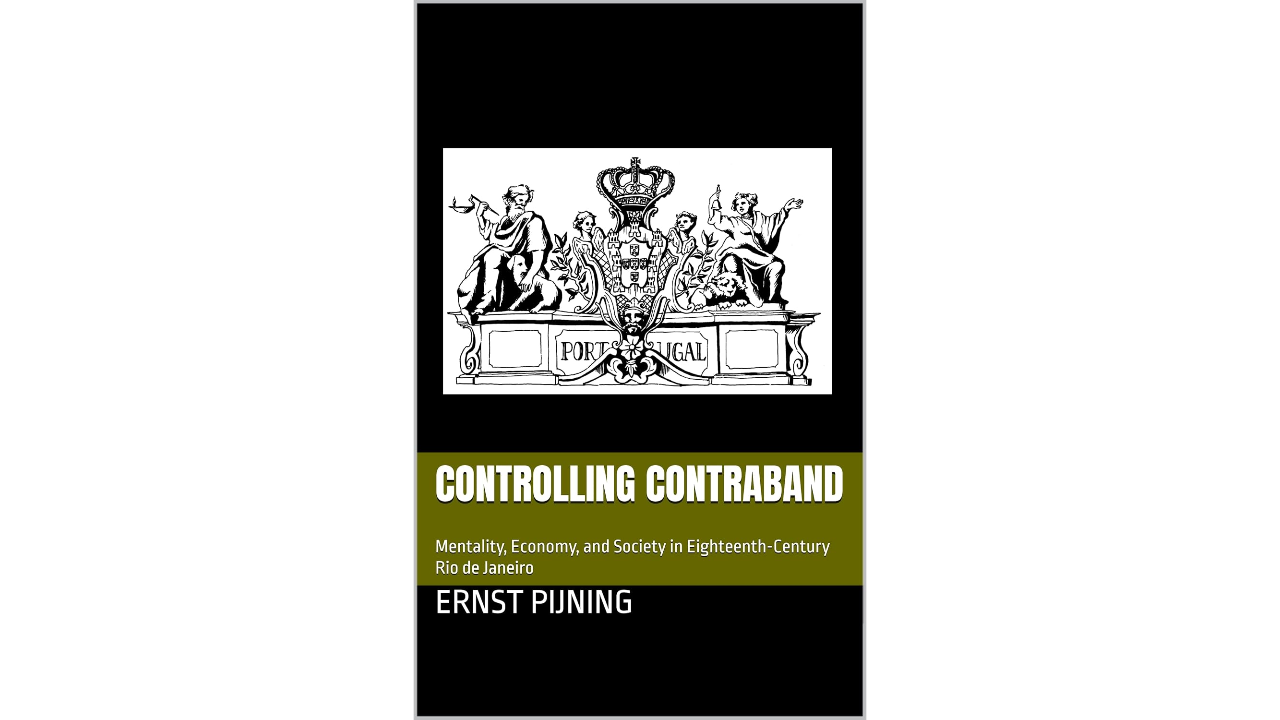By Robbin Laird
The challenge facing every historian is deceptively simple yet profoundly difficult: How do we understand people from the past without either excusing their actions or condemning them by today’s standards?
This methodological dilemma sits at the heart of historical scholarship, determining whether we produce genuine insight or mere moral posturing disguised as academic analysis.
Mary Beard, in her acclaimed study of Roman emperors, articulated this challenge with characteristic clarity. Historians, she argued, must resist the twin temptations of giving historical figures a “free pass” simply because they lived long ago, while simultaneously avoiding the trap of judging them purely by contemporary moral standards. The solution lies not in psychological speculation about historical actors’ inner lives — an impossible task — but in understanding the institutional frameworks, daily realities, and structural constraints that shaped their world.
This approach represents more than academic methodology; it’s a fundamentally different way of thinking about human behavior across time. Rather than asking whether historical actors were “good” or “bad” people, we should ask how their contexts made certain choices rational, necessary, or inevitable.
Ernst Pijning’s groundbreaking study of 18th-century Brazilian contraband trade demonstrates exactly how this methodological approach transforms our understanding of the past. Where previous historians had treated smuggling through moral lenses — either condemning it as corruption or romanticizing it as heroic resistance to colonial oppression — Pijning places these activities squarely within their institutional and political context.
His key insight revolutionizes how we think about “illegal” activity in colonial Brazil. Pijning reveals that contraband wasn’t simply lawbreaking; it existed in two distinct categories that colonial authorities themselves recognized. “Condoned illegal trade” was tolerated or even encouraged when it served Portuguese interests, while “proscribed illegal trade” was genuinely prosecuted when it threatened royal authority or was conducted by people lacking proper social connections.
This distinction wasn’t arbitrary. Indeed, it reflected the practical realities of governing a vast colonial empire with limited resources while navigating complex European power politics. Portugal, militarily and economically dependent on stronger powers like Britain and France, used trading privileges as diplomatic bargaining chips. What appeared as governmental weakness or corruption was often strategic flexibility designed to maintain control under difficult circumstances.
Rather than speculating about the moral character of individual smugglers, officials, or Portuguese administrators, Pijning analyzes the structural forces that made contraband an integral part of colonial governance. Social status determined who could engage in “illegal” trade with impunity. Wealthy merchants and well-connected officials rarely faced serious consequences, while lower-status individuals were prosecuted for similar activities.
This wasn’t simply unfairness; it reflected a deliberate system of control. Colonial authorities used their discretion in enforcing laws as a tool for managing local networks, generating revenue, and maintaining social hierarchies. The judicial system’s “tiresome procedures” and uncertain outcomes created leverage over individuals while allowing officials to regulate trade through selective enforcement rather than blanket prohibition.
Even international diplomacy shaped these seemingly local decisions. Foreign diplomats actively encouraged gold smuggling for their nations’ benefit, and Portugal’s ability to stop them depended entirely on its military and economic position in European politics. When that position weakened during the Napoleonic Wars, Portugal had little choice but to tolerate increased contraband which culminated in the 1808 opening of Brazilian ports that effectively legalized much previously “illegal” trade.
Pijning’s approach offers a model for how historians can navigate Beard’s challenge across different periods and topics. By focusing on institutional mechanics rather than moral evaluation, we can understand how historical actors operated within their constraints rather than imposing our values on their choices.
This methodology reveals patterns that moral judgment obscures. The flexibility between “condoned” and “proscribed” contraband wasn’t unique to colonial Brazil. Similar dynamics appear wherever formal rules clash with practical necessities. Understanding these patterns helps us recognize how power actually functioned in historical societies, beyond the official proclamations and legal codes that often mislead modern observers.
More broadly, this approach suggests that much behavior we might instinctively condemn or celebrate actually reflected rational responses to structural pressures. Colonial officials who participated in “illegal” trade weren’t necessarily corrupt in any meaningful sense. They were working within systems that made such participation logical or even necessary for effective governance.
This methodological shift has implications beyond academic history. In our current moment of intense moral and political polarization, the historical approach modeled by Beard and exemplified by Pijning offers tools for understanding human behavior across cultural and temporal divides.
Rather than rushing to moral judgment about past actors, we might ask what institutional pressures, resource constraints, or structural incentives made their choices comprehensible within their context. This doesn’t excuse harmful actions or eliminate the possibility of moral evaluation but it grounds such evaluation in understanding rather than presentist assumption.
The goal isn’t moral relativism but analytical precision. By understanding how historical actors navigated their world’s actual constraints and opportunities, we develop more sophisticated frameworks for thinking about human behavior, institutional design, and the relationship between individual choices and structural forces.
When historians successfully meet Beard’s challenge, they don’t just illuminate the past. They provide tools for understanding the present. Pijning’s analysis of how colonial authorities balanced formal rules with practical necessities offers insights relevant to anyone trying to understand how institutions actually function versus how they’re supposed to work.
The best historical scholarship thus serves a double purpose: recovering the authentic texture of past experience while developing analytical frameworks that help us navigate our own complex institutional and moral landscape. In avoiding both condemnation and celebration of historical actors, we paradoxically achieve a deeper and more useful understanding of both their world and our own.


